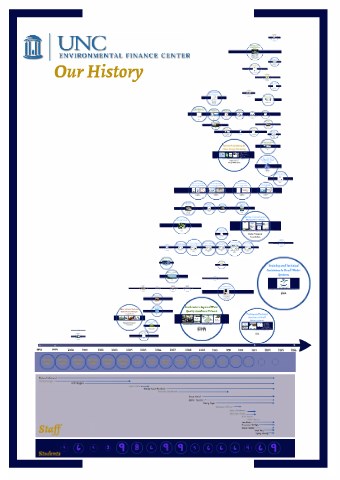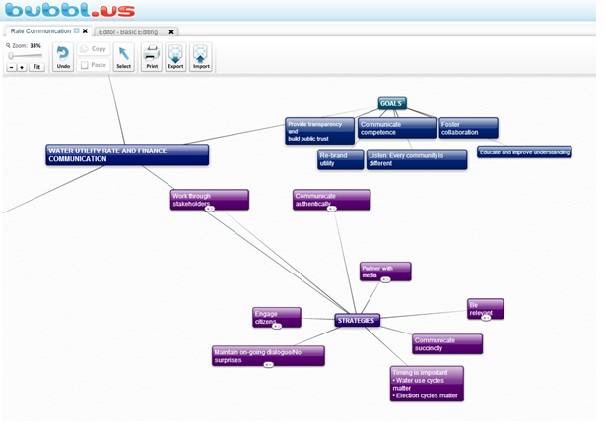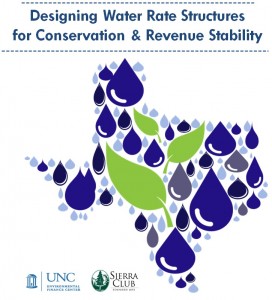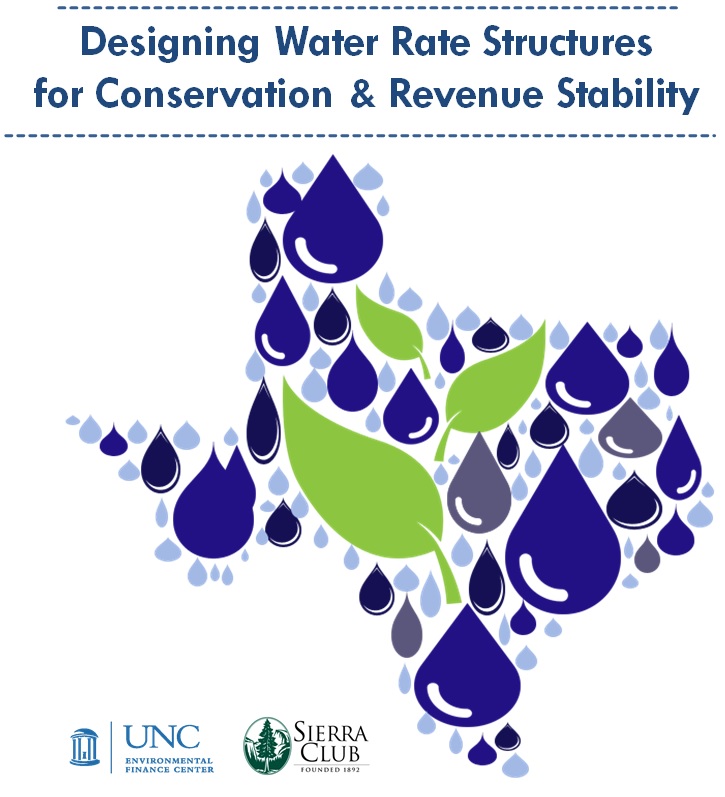 It can be hard being a water utility when nobody needs you. Or worse yet, when you have to push people away. But the news seems rife with such stories of unrequited demand for service from water utilities that invested so much in the relationship, and the infrastructure, now only to be left kind of empty.
It can be hard being a water utility when nobody needs you. Or worse yet, when you have to push people away. But the news seems rife with such stories of unrequited demand for service from water utilities that invested so much in the relationship, and the infrastructure, now only to be left kind of empty.
Author: Mary Tiger (Page 2 of 5)
SOG Environmental Finance Ctr
 This morning, legislation sits on the President of the United States’ desk that will advance policies and funding for the nation’s water infrastructure. Assuming he signs it, the Water Resources Reform and Development Act (WRRDA) of 2014 will authorize funding for existing and new water, wastewater, and stormwater infrastructure finance programs, as well as waterway and port projects. The water and wastewater infrastructure industry has been eagerly awaiting passage of this uniquely bipartisan bill (Passed the House 412-4; Passed the Senate 91-7), specifically its update to the Clean Water State Revolving Loan Program and its creation of a Water Infrastructure Finance Innovations Authority.
This morning, legislation sits on the President of the United States’ desk that will advance policies and funding for the nation’s water infrastructure. Assuming he signs it, the Water Resources Reform and Development Act (WRRDA) of 2014 will authorize funding for existing and new water, wastewater, and stormwater infrastructure finance programs, as well as waterway and port projects. The water and wastewater infrastructure industry has been eagerly awaiting passage of this uniquely bipartisan bill (Passed the House 412-4; Passed the Senate 91-7), specifically its update to the Clean Water State Revolving Loan Program and its creation of a Water Infrastructure Finance Innovations Authority.

The Future of the Environmental Finance Center
Last week, Glenn Barnes wrote about a public forum for which we hosted a wide range of environmental finance experts to speak about the future of environmental finance: the opportunities and the challenges ahead. It was a broad topic, no doubt, but some common themes arose. One theme echoed throughout the forum was that the past is not coming back. In other words, the previous and prominent options for funding environmental projects are not going to be as available in the future. In some ways, the same also holds true for the future of the Environmental Finance Center.

Eight Communication Strategies to Help Water Utilities Get the Rates They Need
Water utilities face trying times when communicating the need to increase rates to cover the increasing costs of operating water and wastewater utilities. The issues are complex. The public is constantly bombarded with news from their phones, TVs, computers, etc., and Board turnover can wipe-out years of institutional knowledge. Additionally, customers have a general distrust for water utilities. Perhaps it’s from a history of underpricing and a reluctance of water utilities to actively market themselves (i.e. the “silent service”). Or maybe customers see water rates as just another tax.

Water conservation is critical to meeting the future water needs of Texas. Many programs may be implemented to reduce water use, and a number of utilities across the State are making strong efforts to advance water conservation. One of the most effective methods to driving conservation is water pricing. Used effectively, price can provide a signal to users regarding the value and supply of water so they can adjust their demand accordingly. Unfortunately, rates are also the primary revenue mechanism for utilities that are also tasked with protecting public health and the environment. This can create a disincentive to increase conservation. Fixing this conflict requires rethinking the current business model.





